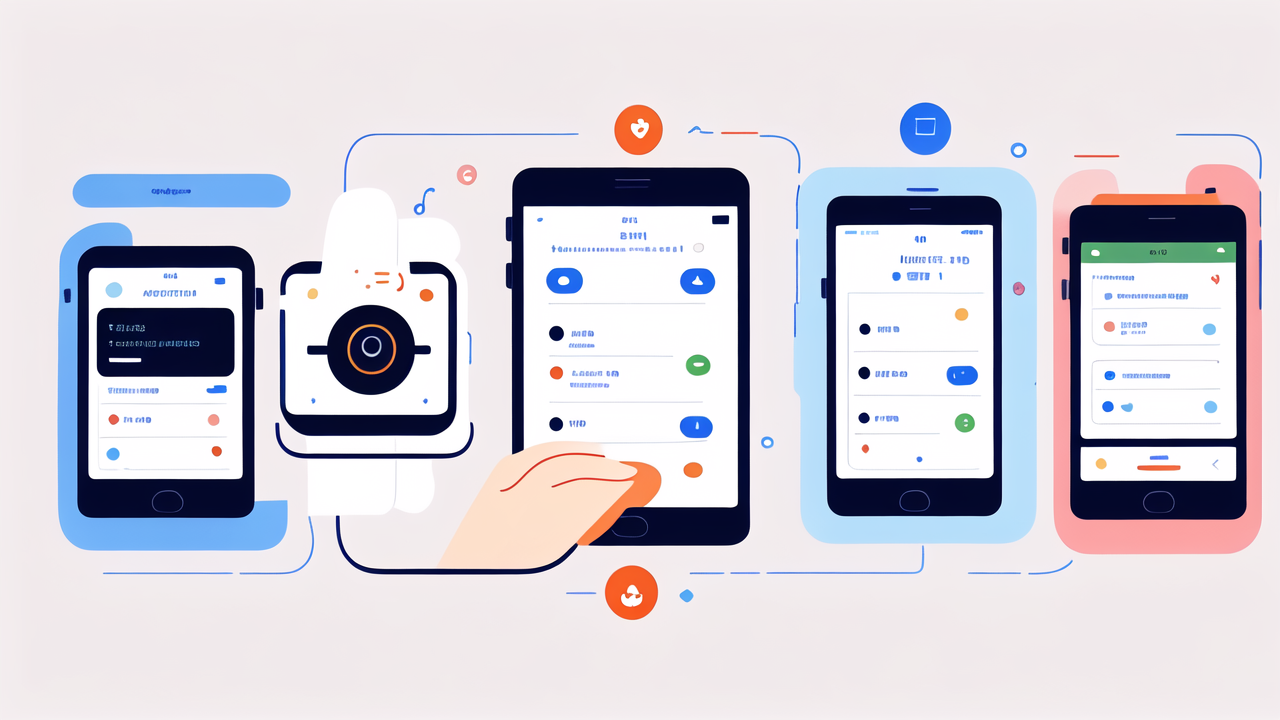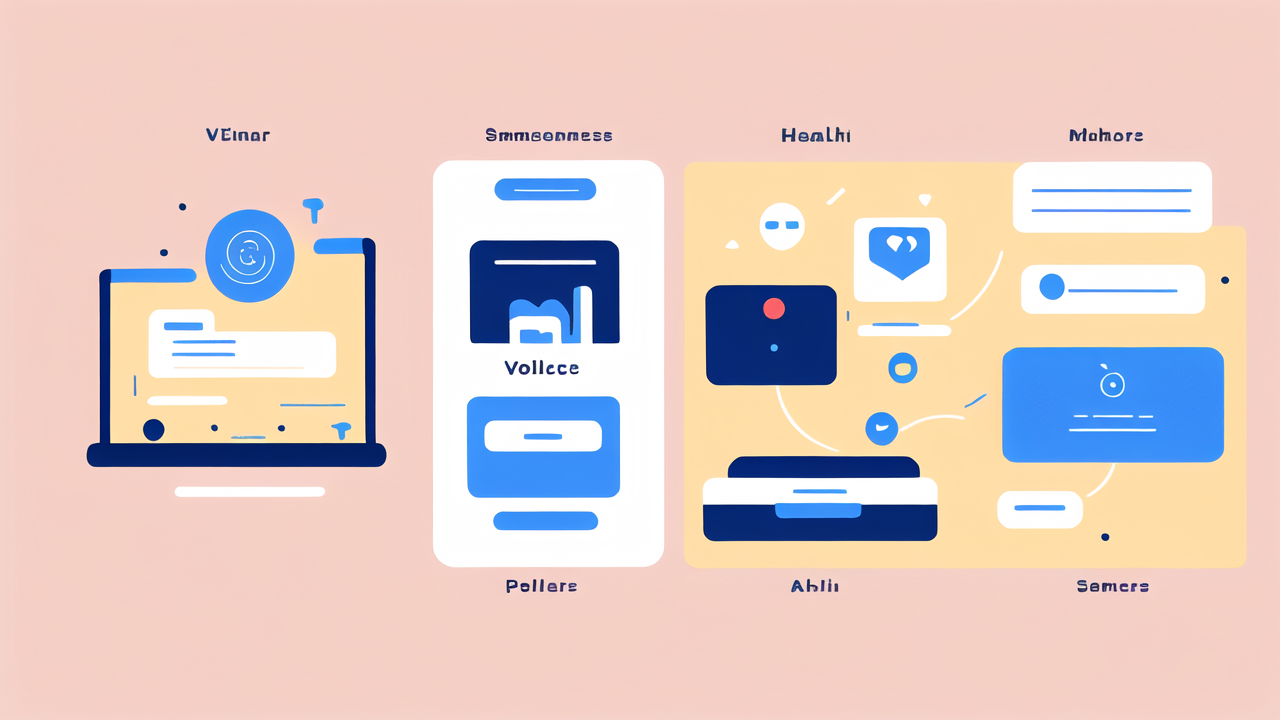Introduction to the Evolution of Digital Watches
The Advent of Smartwatches and the Shift to Digital
Digital watches have come a long way since their inception. The shift from analog to digital marked a big change. Smartwatches are now the norm. They offer more than just telling time. These devices can track fitness, show notifications, and even make calls. The rise of smartwatches has changed how we view wristwear. They're no longer just accessories, but powerful tools. Brands like Apple, Samsung, and Fitbit lead this revolution. Their products blend style with high-tech features. This shift has made watches more useful in our daily lives.

The Role of IoT in Today's Digital Watches
The Internet of Things (IoT) has greatly impacted digital watches. IoT allows these devices to connect with other smart gadgets. This creates a network of data sharing and control. Your watch can now talk to your phone, home devices, and even your car. This connectivity makes digital watches more useful. They can adjust your home thermostat or lock your doors. IoT also enables real-time data syncing. Your fitness stats can update to the cloud instantly. This makes tracking progress and setting goals easier. The role of IoT in watches will only grow in the future.
Understanding Consumer Demand for Advanced Features
Consumers today want more from their watches. Basic timekeeping isn't enough anymore. People seek devices that can enhance their lives. Features like health monitoring, GPS, and mobile payments are in high demand. Users want watches that can track their workouts and sleep patterns. They also want devices that can make their daily tasks easier. This includes features like voice assistants and contactless payments. Watch makers are racing to meet these needs. They're packing more tech into smaller, sleeker designs. The challenge is balancing advanced features with user-friendly interfaces.
Innovations in Digital Watch Technology
Cutting-edge Sensors and Their Applications
Modern digital watches are packed with advanced sensors. These tiny devices can measure a wide range of data. Heart rate monitors are now standard in most smartwatches. Some watches can even measure blood oxygen levels and ECG. GPS sensors allow for accurate location tracking. This is great for runners and hikers. Accelerometers and gyroscopes track movement and orientation. These help in fitness tracking and fall detection. Some watches now have UV sensors to monitor sun exposure. Temperature sensors can track body heat and environmental conditions. These sensors make watches powerful health and fitness tools.

Integration of AI and Machine Learning
AI and machine learning are changing how digital watches work. These technologies make watches smarter and more helpful. AI can analyze your daily habits and provide personalized insights. It can suggest when to stand up or take a break. Machine learning algorithms can detect unusual heart rhythms. They can alert you to potential health issues. AI assistants like Siri or Google Assistant are now on many watches. They can answer questions and perform tasks hands-free. Machine learning also improves activity recognition. Your watch can tell if you're running, swimming, or cycling automatically.
The Emergence of Voice-Controlled Wearables
Voice control is becoming a key feature in digital watches. It allows for hands-free operation of your device. You can set alarms, send texts, or check the weather with just your voice. This is especially useful when your hands are busy. Voice assistants are getting smarter and more natural to use. They can understand context and follow complex commands. Some watches now have built-in speakers for calls and audio playback. Voice control makes watches more accessible for all users. It's particularly helpful for those with mobility issues. As voice recognition improves, we'll see even more voice-controlled features.
The Impact of Digital Watches on Health and Wellness
Wearable Technology as a Tool for Personal Health Management
Digital watches have become important tools for managing personal health. They offer continuous monitoring of vital signs. This includes heart rate, sleep patterns, and activity levels. Many watches now track stress levels through heart rate variability. They can remind you to take deep breaths or meditate. Some models can even detect falls and call for help. These features give users more control over their health. They can spot trends and make lifestyle changes. Doctors can use this data to provide better care. Wearables are making health management more proactive and personalized.

Tracking and Analysis of Body Metrics
The ability to track body metrics is a game-changer for health and fitness. Digital watches can monitor steps, calories burned, and distance traveled. More advanced models track sleep stages and recovery time. Some can measure VO2 max, an indicator of cardiovascular fitness. Body composition analysis is now possible with certain watches. They can estimate muscle mass and body fat percentage. All this data is analyzed to provide actionable insights. Users can set goals and track their progress over time. This detailed tracking motivates people to stay active and healthy.
Case Studies: How Digital Watches are Changing Lives
Digital watches are making a real difference in people's lives. One case study shows how a smartwatch saved a man's life. It detected an irregular heartbeat, leading to early treatment of a heart condition. Another example is a diabetic user who uses their watch to monitor blood sugar levels. This has helped them better manage their condition. Fitness enthusiasts use watch data to improve their training. They can track performance and adjust workouts for better results. Elderly users benefit from fall detection and emergency alerts. These features provide peace of mind for them and their families. These cases show the practical impact of wearable tech on health and safety.




Leave a comment
This site is protected by hCaptcha and the hCaptcha Privacy Policy and Terms of Service apply.